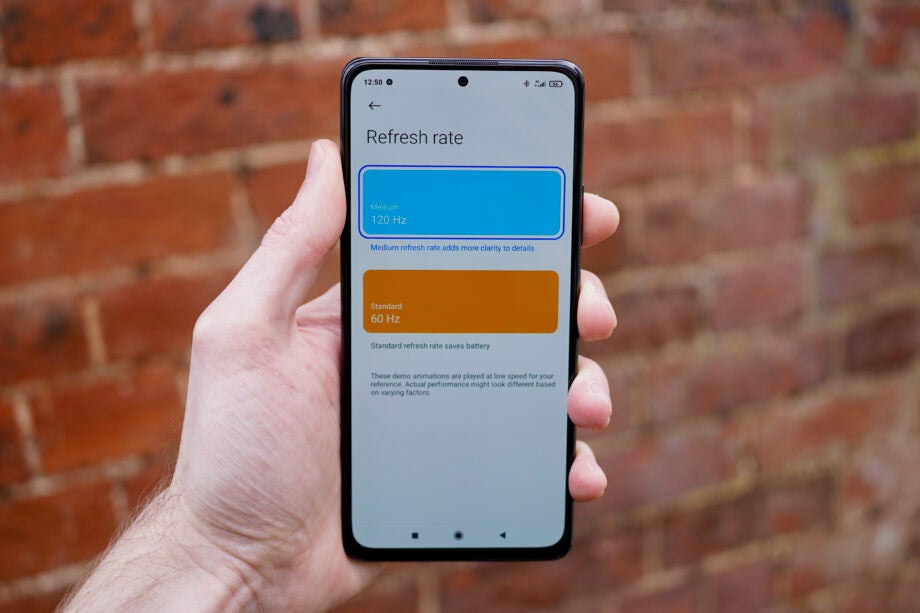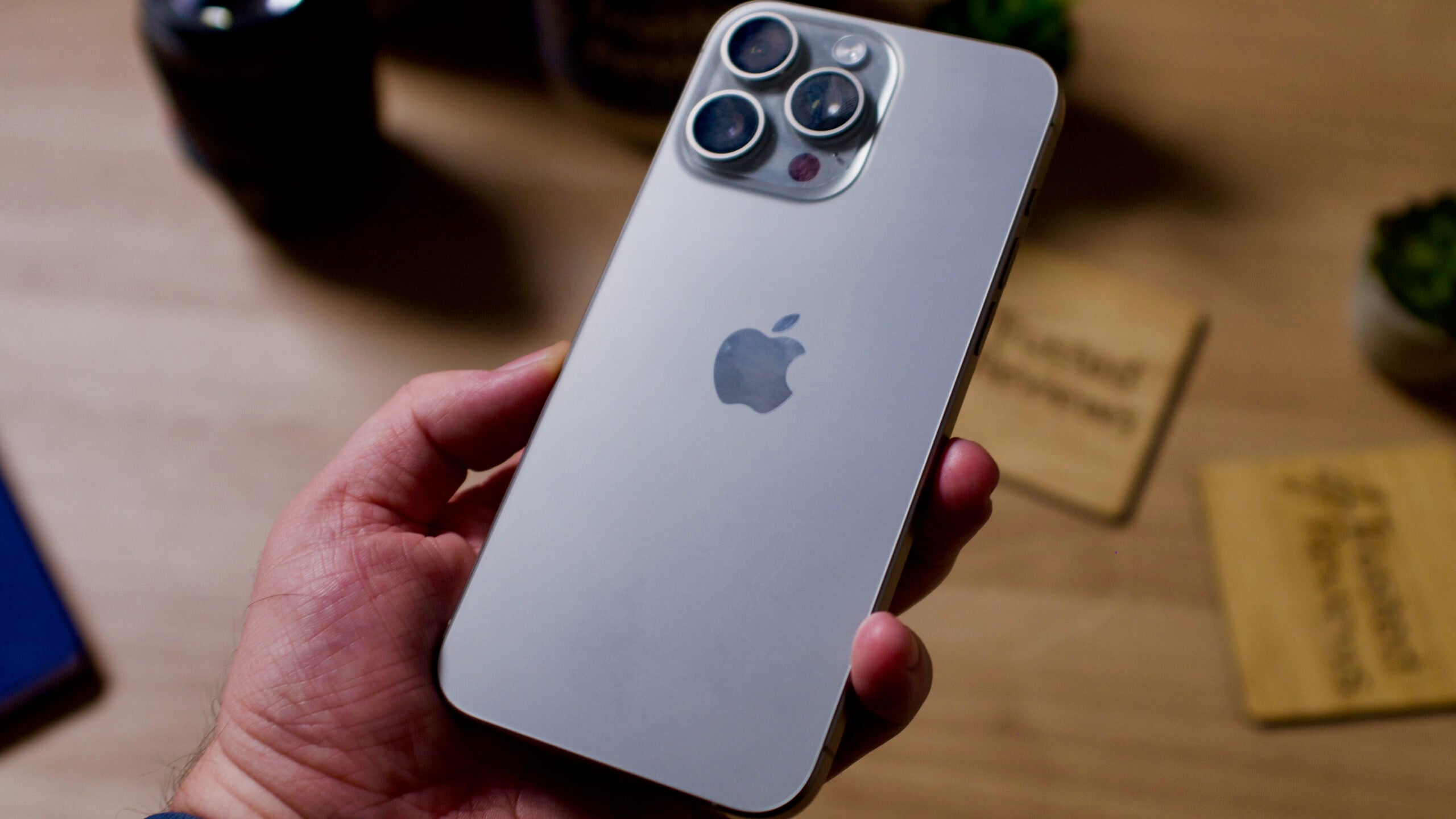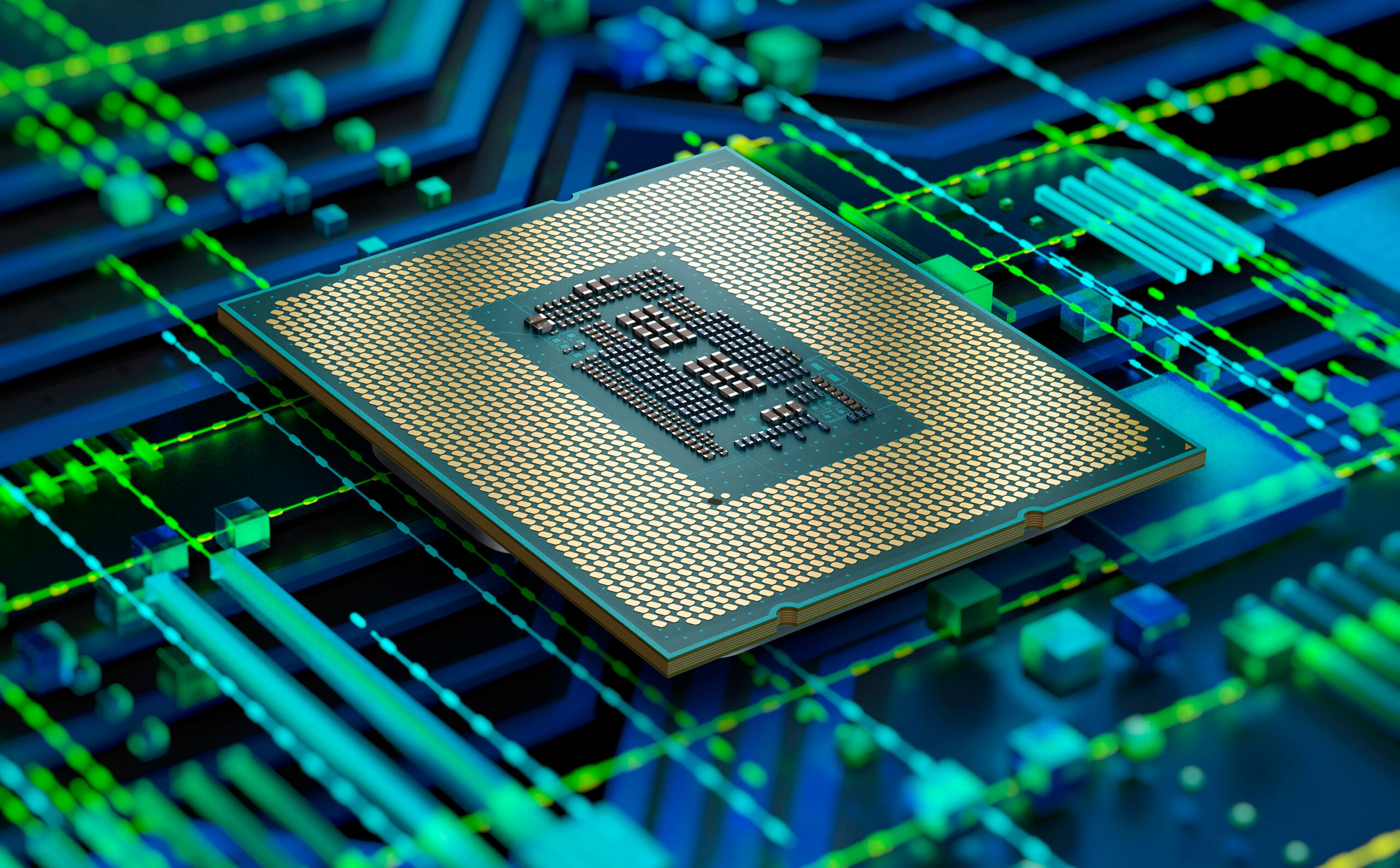60Hz vs 90Hz: What’s the difference?

Is there really such a big difference between a 60Hz and 90Hz refresh rate? That’s what we’ll be taking a look at in this article.
Among the many numbers listed in the specs sheet for your new smartphone, you’ll almost certainly find one that pertains to the refresh rate, and two common values are 60Hz or 90Hz. But what is the difference between those two, and is it a difference that’s worth paying for?
What is a refresh rate?
First of all, a refresh rate refers to how often a display updates itself. If it has a high refresh rate then supported on-screen content is being renewed more frequently, and therefore appears smoother to the human eye.
A refresh rate is measured in Hertz (Hz), which states the frequency per second, so the higher the number in Hertz then the smoother your display appears.
Is a 90Hz display better than a 60Hz display?
Answering the title question then, a 90Hz screen can appear to be more smooth than a 60Hz screen because it refreshes 90 times a second rather than 60, and that is why it is considered to be visually superior.
However, there are many difference metrics to judge a screen by, from resolution to colour gamut coverage, to HDR support, and more, so bear in mind that the refresh rate alone does not tell the whole story.
Not only that, but there can be a drawback to having a higher refresh rate, in the form of lower battery life. That’s because enhanced refresh rates require more power to run, and so it’s worth checking our reviews to see whether a smartphone has enough juice to make the trade-off worthwhile.
One factor that might help a smartphone with an enhanced refresh rate maintain good battery life is whether or not that rate is adaptive or not. In this case, the smartphone changes its refresh rate depending on the content being shown on the screen at the time, so if it is unsupported content that cannot make use of the extra smoothness then the refresh rate is turned down in order to conserve battery life.
On the other hand, phones with a fixed refresh rate cannot adjust themselves automatically, so they may waste battery life trying to maintain a 90Hz refresh rate while you would not notice any appreciable difference.








